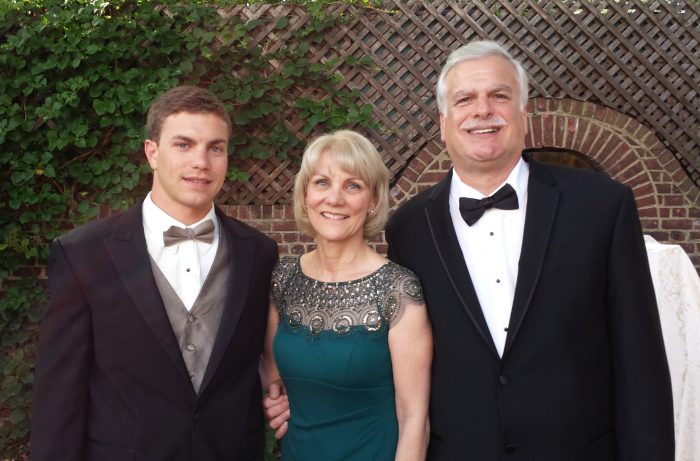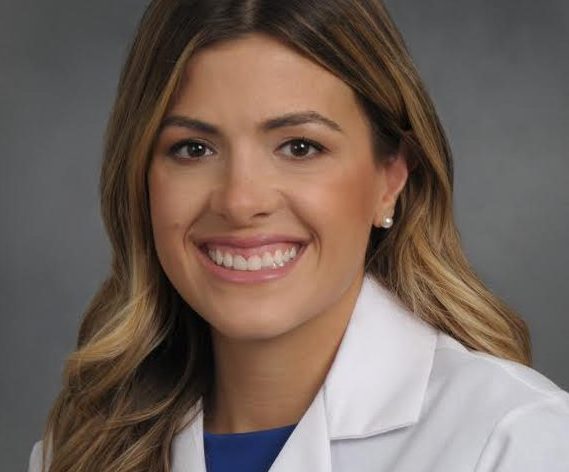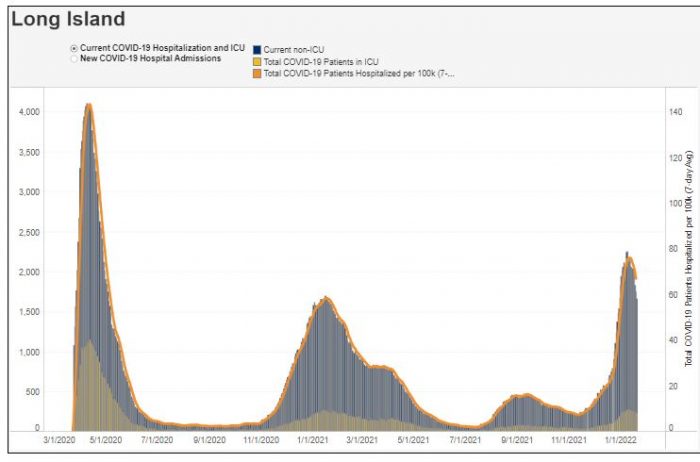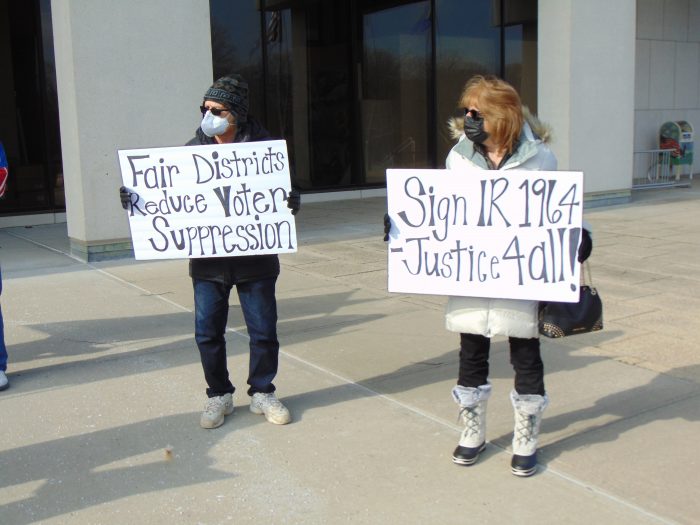The Village of Port Jefferson is looking to turn the Drowned Meadow House into a museum.
Located on the corner of West Broadway and Barnum Avenue, the small, gray-colored structure is a piece of Port Jefferson history that many say needs to be recognized.
“This building is a surviving Revolutionary War structure, and we feel that alone is absolutely fabulous,” said Georgette Grier-Key, historian and consultant to the project, during the Jan. 18 Board of Trustees meeting. “But we also cannot negate the fact that the historical landscape, and the cultural resources of the village is very unique and rare.”
Grier-Key went on to speak about the history of the Roe family, along with the other Roe structures and places in the village that had a significant impact on American history — particularly the American Revolution.
The Revolutionary War-era Roe House, now known as the Drowned Meadow House, was originally constructed circa 1760. Phillips Roe, a member of the Culper Spy Ring, was known to have lived there.
During the virtual presentation, the historian broke down what the plan is to make the house an official museum, along with a 501(c)(3) nonprofit certification.
“The reason that museums are important is because they are incorporated under education law,” she said. “So, we are an extension of the education system, we have that charge, and it allows us to do things very differently.”
Mayor Margot Garant noted that the cottage is the sister building to the current chamber of commerce building. Brothers Nathaniel and Phillips Roe owned the properties in the 18th century.
With the help of village historian, the late Robert Sisler, both structures were saved as they were known to be special. Eventually, in 2013, a letter was found that verified the brothers were in fact part of the Culper Spy Ring — a local network of spies active during the Revolutionary War organized by Major Benjamin Tallmadge and Gen. George Washington during the British occupation of New York City.
“That letter, known as the ‘Letter of Significance’ comments about the brothers Roe, and how the spy ring intelligence is coming directly from them,” Garant said. “The letter confirms the village’s history and bring us front and center to Washington’s Culper Spy Ring.”
Grier-Key added that people have come from all over the world to look at these letters.
“As we continue to move the building forward in a fashion that is self-contained, and proves it can handle itself as a museum, we foresee a strong educational future,” Grier-Key said.
She added that over the years, the community locally and at large have accepted the building and love it. Collections have been compiled, too, of what Phillips Roe’s life would have looked like during that time, thanks to dozens of donations of various valuable artifacts.
Showcases of what clothing looked like, thanks to the late Nan Guzzetta and her collection, would be another exhibit the museum would host.
Mark Sternberg, another local historian working on the project, disclosed that many documents and further proof that the brothers were instrumental in the spy ring, and the war, have been discovered as recently as this summer and would be part of the first exhibit at the museum.
“We’re continuing to uncover documents to put the structure in the middle of the George Washington’s Spy Ring,” said historian Chris Ryon. “Now everybody knows Port Jefferson as a shipbuilding community, but it’s more than that — it’s a nation building community.”
Grier-Key added that the plan to gain museum distinction of the cottage is a continuous five-year plan.
“2026 is a very important year for us and for our country, that we have the 250th anniversary celebration of the American Revolution,” she said, adding that the museum could help bring business Down Port by shopping and eating after a visit.
The presentation was read to the village board to start a plan to help get the museum designation, as it has to go to the New York State Board of Regents to get a charter and become a museum.
Although the cottage hasn’t been sitting vacant all this time and has been transformed during the holiday season, it transforms into Santa’s Workshop as part of the Dickens Festival, the building would have to be dedicated to a year-round basis of having archival exhibits and interactive learning programs.
And the next step is for Grier-Key to send out a proposal to start the charter process.
“As Port Jefferson village continues to modernize, being able to retain — and not only retain but celebrate our history and put that at the forefront,” said trustee Rebecca Kassay. “This is one that we feel very strongly about not letting change, only in the sense that we’re inviting this great team and inviting more people to learn and engage in the origin of this village as in reference to the Revolutionary time period.”
































